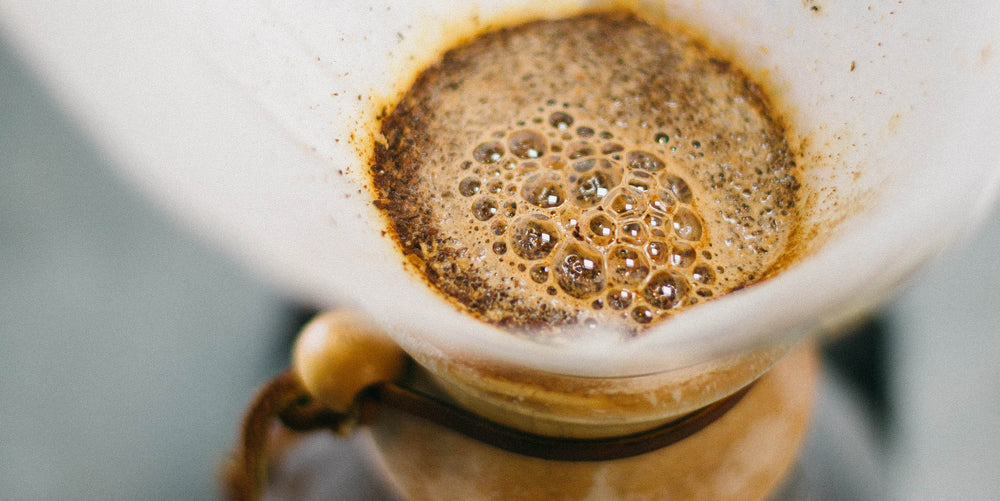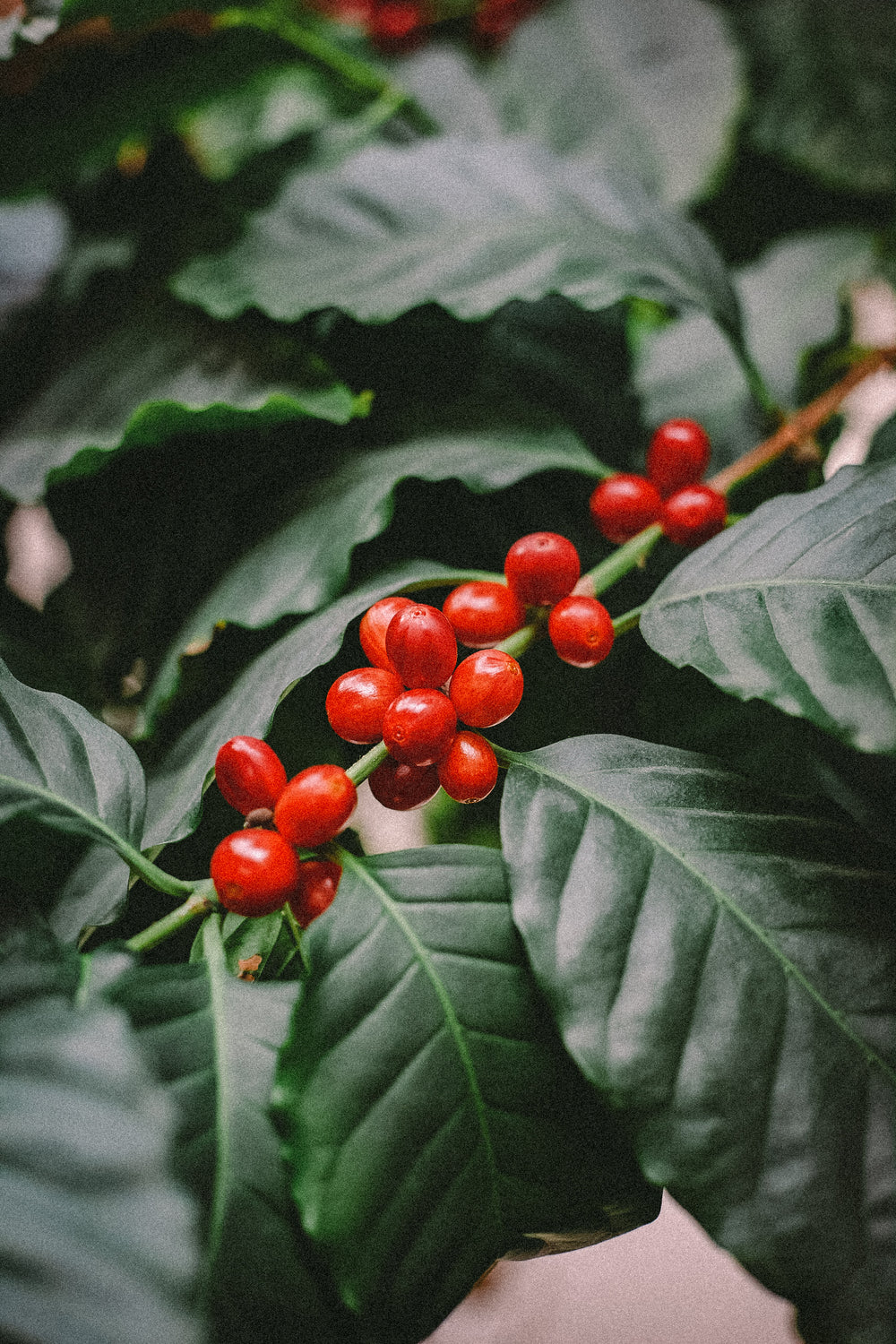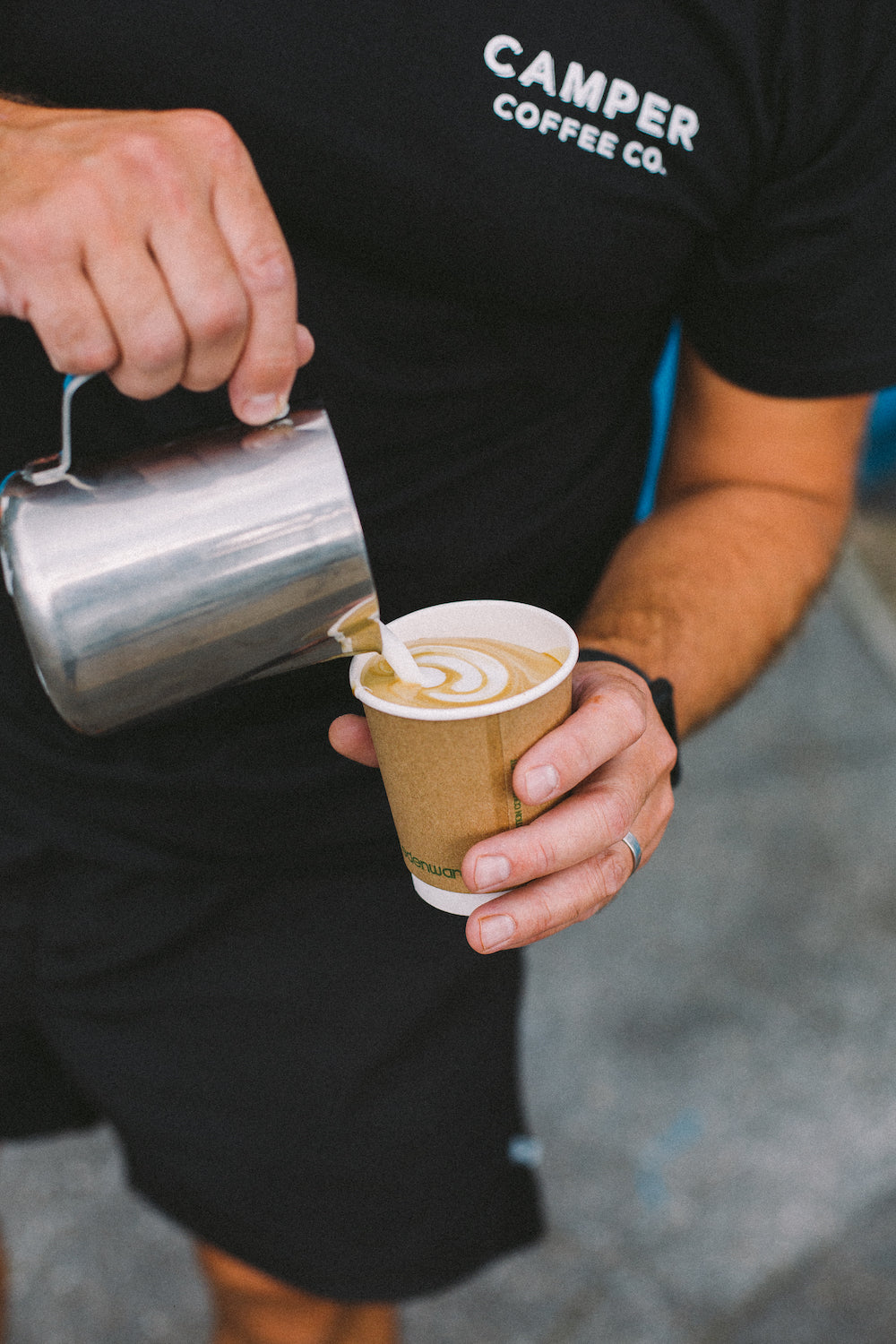So, here’s the thing. Before Covid, a lot of people were very happy to go to a coffee shop for their daily (or hourly?) caffeine fix, leaving the art of making coffee to the Barista. There was no real reason to perfect your home brewing skills because you could exchange a small amount of your hard-earned cash for a great cup of coffee, and it was easy, quick and usually super tasty. We totally get it too, speciality coffee Baristas are (for the most part) really good at what they do. They have really big, fancy, mysterious machines, and the whole thing looks nothing short of alchemy. It can be overwhelming even thinking about making a similar brew at home, especially with so much conflicting information out there on how to do it best.
But it just so happens that when a global pandemic comes along, loads of you were keen to give this whole making coffee at home thing a go. Maybe it was desperation to curb the caffeine withdrawal shakes, maybe it was to get you through the home-schooling, or maybe it was just that you finally had time to actually try and make your own coffee. Whichever the reason, it was epic to see so many of you getting stuck in.
Although we’re about to delve into how to brew the best coffee at home, we would still encourage you to support your local cafe/coffee shop as much as you can. They need our help more than ever right now. But finding a balance between relying on a barista to make your brew and being able to make your own is key here, so if we ever find ourselves in the same, weird situation again, there won’t be quite as much panic. There are certain things you get from walking into a coffee shop that we simply can’t emulate at home. New recommendations, the bants, or maybe a spur of the moment slice of cake that looks too good to resist. Who wouldn’t want the best of both worlds? Banging home brews and a takeaway from your favourite coffee shop when you fancy it, sounds like the dream to us.
WHERE TO START
To kick things off, let’s talk a little about brew methods and equipment. We’re firm believers that you can brew great coffee at home on a shoestring. You don’t need fancy, expensive machines to brew great coffee. If you have a look at the gear section of our website you’ll see some fantastic, cost-effective brewers. We also don’t believe in brew method snobbery. Got a dusty old cafetiere? Great! What about one of those Italian stovetop jobbies? Yeah! No problem. You can brew delicious coffee on just about anything if you follow some simple steps. If you want to recreate the true “barista” experience at home then you’re going to need an espresso machine. I’m sorry to say it guys, but to get anything comparable to a cafe-style coffee, you’ll have to drop some serious cash. We really like the Sage range and the Barista Express, or Barista Pro are really good machines. Try to avoid the £199 Amazon special. It’s going to brew horrible coffee.
CHOOSING A COFFEE
So, what’s the first thing you need to make coffee? Actual coffee, right? It’s a good starting point. There are a couple of things to look out for. Try and choose a coffee that is roasted for your specific brew method. If you’re brewing espresso, you’ll need a coffee that’s suitable. Look out for “espresso roast” or “omni-roast” on the bag. Freshness is also key. For filter, the fresher the better, but for espresso make sure the coffee has rested at least for 7 days before brewing. This releases the CO2 and ensures a better extraction.
BEANS OR PRE-GROUND?
The argument here is always, beans or pre-ground? Although pre-ground coffee can result in a great cup, we would always recommend buying whole beans to grind yourself as it ensures ultimate freshness. Stale coffee is a total waste of time. If you’re buying whole beans, then you’ll need a burr grinder to grind them up. A burr grinder will produce the most even and consistent grind, resulting in a much better cup. Electric or hand grinder? Doesn’t matter to us. Either can be good, but if you’re brewing espresso, just make sure the grinder goes fine enough.
That being said, we sell pre-ground coffee for a reason. We grind our coffees on high precision industrial grinders which are super consistent and pack them immediately into airtight bags with one-way release valves. When coffee is ground it releases a lot of CO2 which replaces any residual Oxygen (the enemy) in the bag creating a kind of protective atmosphere for the coffee. So, if you are going to buy pre-ground coffee, our grinders and packaging will ensure it’s the best it can be, and there’s no reason why you couldn’t produce a delicious brew with pre-ground coffee.
FOLLOW A RECIPE
The next thing you’ll need is a good brew recipe. Yep, we’re going to insist on this one. Think of it this way, if you weren’t that confident cooking in the kitchen, would you wing it making a dish and hope for the best? Well, maybe. But wouldn’t it make more sense to follow a recipe if you’re not quite sure? If you’re one of those people that prefers a recipe then you’re in luck as we have a variety of brew guides on our website. So if you are looking for a jumping-off point for brewing your own coffee, have a look at our V60 Brew Guide here, it’s our favourite way to drink coffee and we think you’ll love it too. Another great resource is www.brewmethods.com.
WATER
Next in line is water. Most of your coffee is water, so it’s kind of important. You want to use relatively soft water, so filtered water is great, but if you’re unsure, try buying bottled water from the supermarket and experiment with how that changes the taste of your coffee. Ashbeck from Tesco is always a good starting point, but we’ve also had great results with Aqua Panna (bit of a pricier option).
BREWING TEMPERATURE
What about water temperature? Naturally, it can seem like the right thing to do, boiling up a kettle and pouring it straight over your grounds. We all love hot coffee, but boiling water isn’t going to produce the best-tasting coffee. Luckily, you won’t need a thermographic camera or anything to determine how hot the water should be. On a conventional kettle, simply turn it off when you first see bubbles rising from the bottom (94 degrees Celsius is about optimum temperature we use for brewing coffee). It’s also a good idea to pre-heat anything you will be pouring into (the cup and jug) that way the heat is retained for longer. A good rule of thumb is; water that is too hot will kill the sweetness in the coffee and make the coffee taste bitter and astringent. Water that’s too cold will kill the acidity and can flatten the flavour.
On an espresso machine, it may not be possible to adjust the water temperature, but you can determine a lot from the crema. As a guide, if the crema is really pale the water was probably not hot enough. If the crema is really dark and reddish, the water was too hot.
There are a couple of other tips that can help you nail the perfect brew. If you’re filter brewing then filter papers can make a lot of difference. We tend not to recommend unbleached filters (the brown ones) as these usually have a stronger paper taste and tend to flow slower. Go for the white (bleached) papers. They’ll give you more clarity in the cup.
It’s really important to remember to have fun too, and to experiment. Don’t be afraid to tweak the variables (coffee, brew method, brew ratio, water etc.) to see what you like. It might take a while before you nail it, but be curious, use all the great resources available online, and before you know it you’ll be handing in your notice and applying for barista jobs. Happy brewing comrades!
Back to listings




